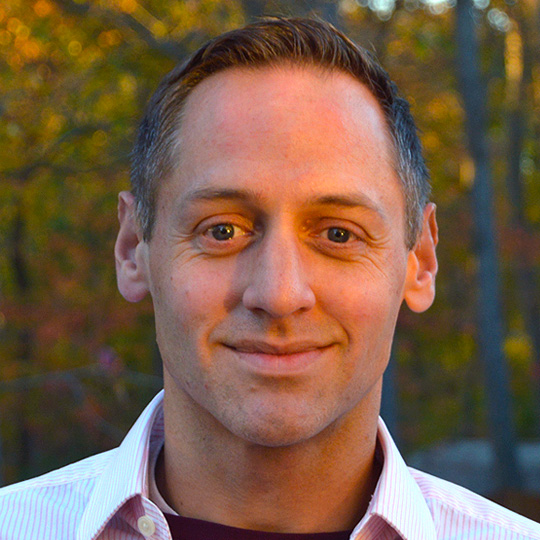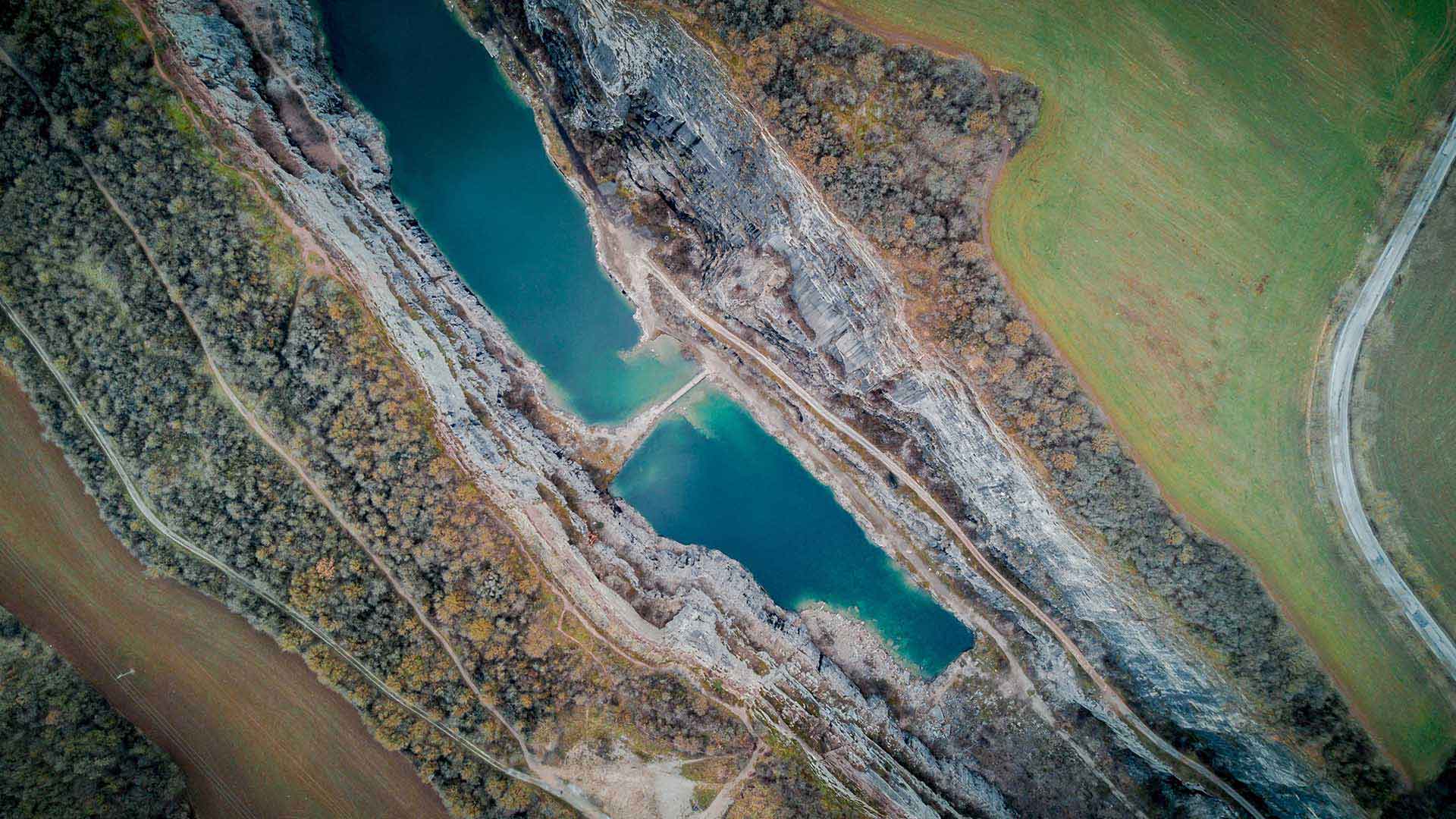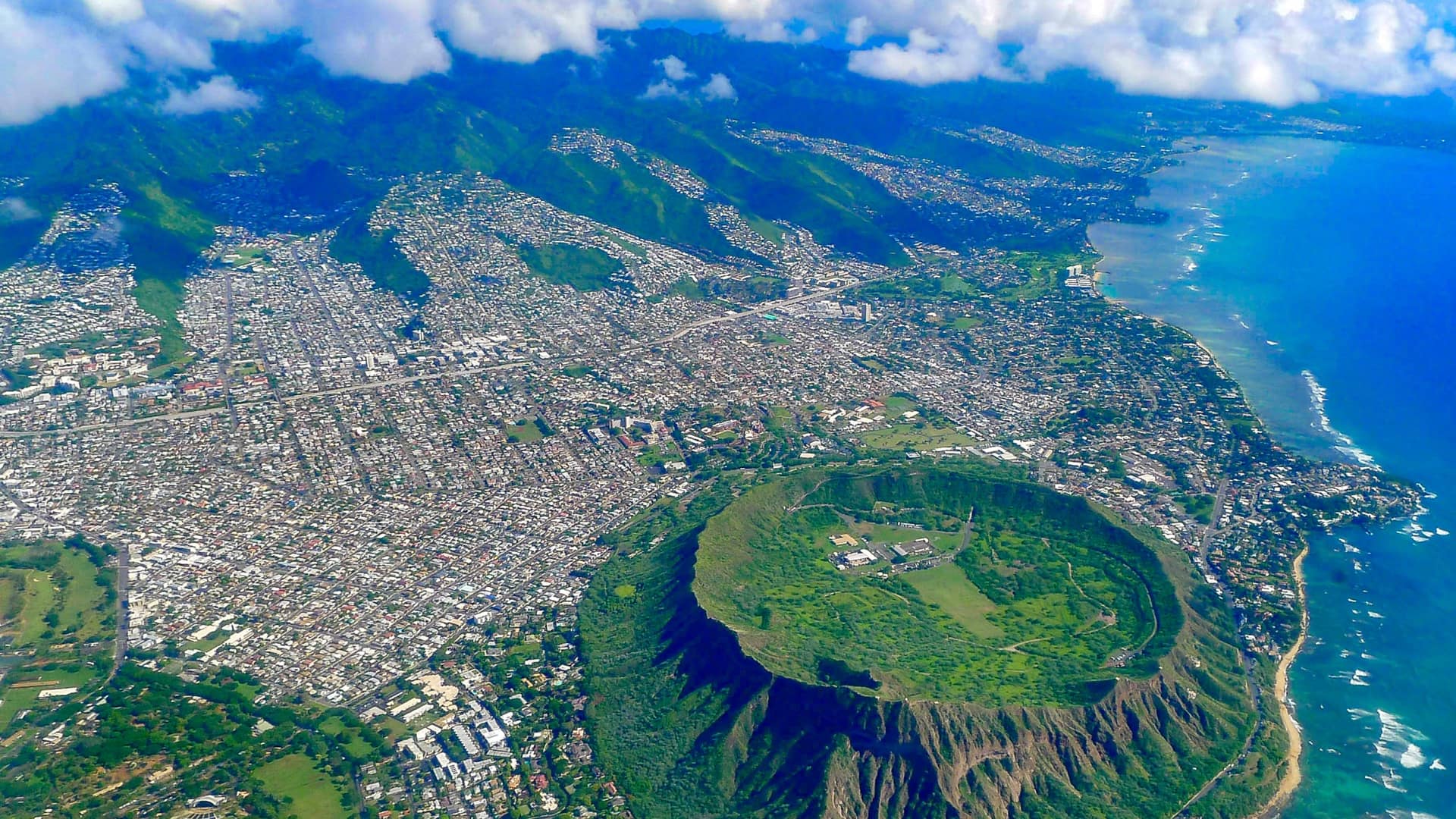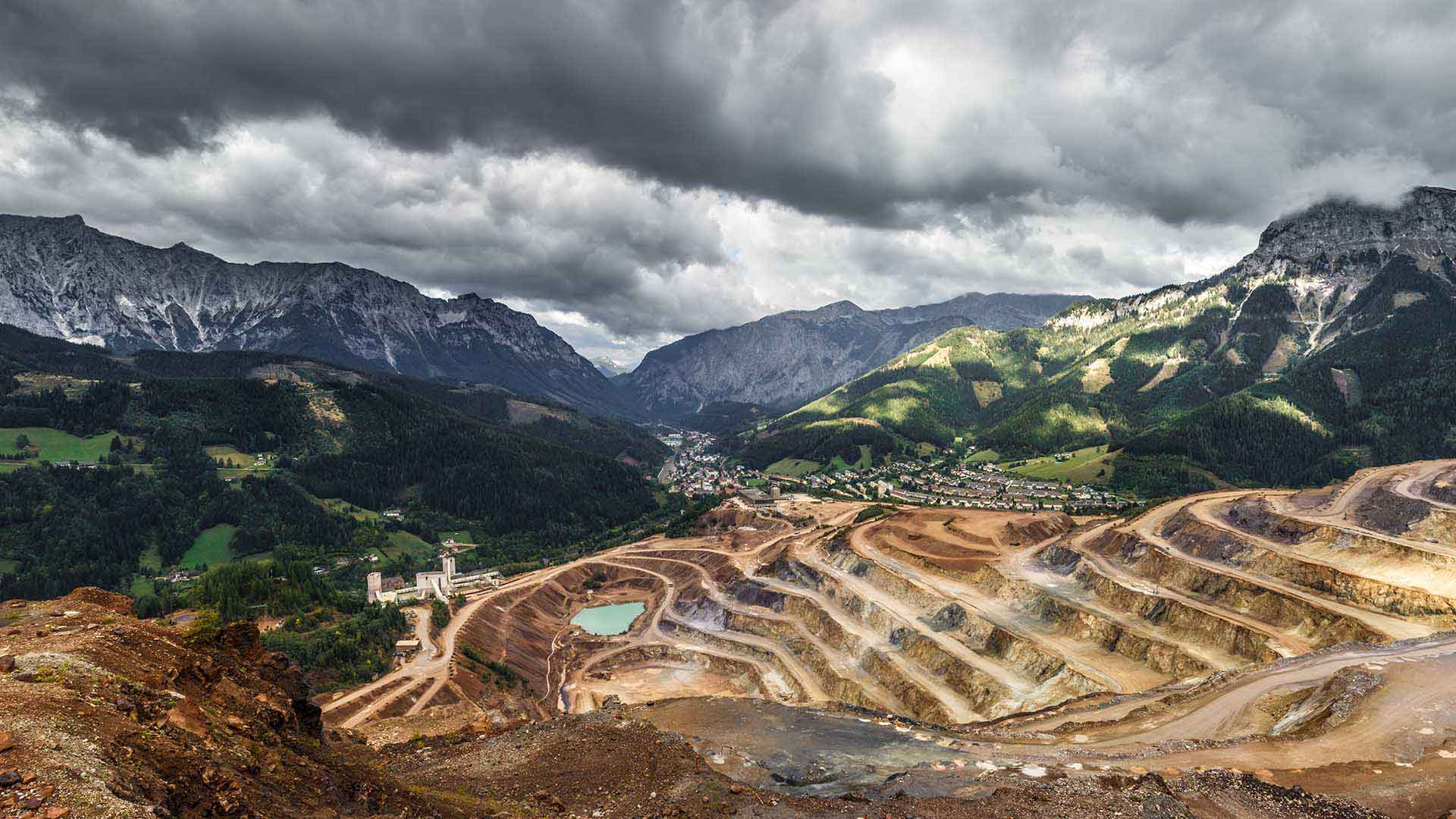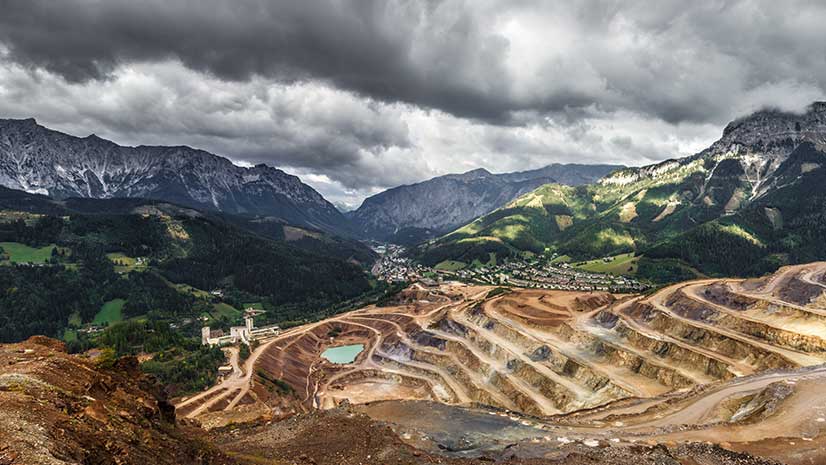If you blinked, you might have missed it: In just over 12 years, the planet added one billion people, surpassing a population of eight billion in 2022.
It’s a number as difficult to comprehend as some of the questions it provokes. Is this pace sustainable? How will we supply the demand for everything from food to phones, building materials to energy?
Most of the goods we depend on are drawn from the marrow of the earth—grain that grows in arable soil, oil locked in shale, minerals found in mountainsides, and water coursing through rivers. As the global population rises, citizens and corporate leaders are feeling the new weight of that demand.
In this WhereNext Fast Four interview, Geoff Wade explains what it takes to meet demand in a nature-positive, net-zero, just, and equitable manner. For a glimpse of what that looks like, watch the video or read the transcript below. It’s a conversation fraught with urgency and rich with context. And it comes none too soon—the next billion people will be here by 2037.
Chris Chiappinelli: The WhereNext Fast Four is back, and today we’re talking about a big challenge for the business community and the planet. We’re focused on population growth, the rise in consumption, and how these demands affect natural resources.
Geoff Wade is with me. He’ll share some of the techniques he sees companies using to deal with this demand, to keep up with it, and to do that responsibly.
Geoff, welcome. What is the situation companies are dealing with today?
Geoff Wade: Well, Chris, today’s global economy puts a tremendous strain on the supply of natural resources. The challenge, with around eight billion people in the world—and realizing that we’ve added a billion in the last 13 years—is to produce these resources in a much more sustainable manner than we are currently doing today. That is, in a nature-positive, net-zero, just, and equitable manner.
For instance, in the energy space, as we transition out of coal and other concentrated fossil fuels into renewable energy, we still need advanced materials for building wind turbines, photovoltaic cells for solar panels, lithium and other materials for EV batteries, and so on.
So the need for natural materials and extraction really hasn’t gone away. It’s just transitioning from coal and carbon-based fuels to these new commodities.
Chiappinelli: It’s a delicate balance, as you say. What has changed recently in that situation, though?
Wade: Well, the demand for certain resources has intensified sharply, creating more strain in the supply system. Actually, the World Economic Forum says that more than half of the global economic value, some $44 trillion, is meaningfully dependent on natural-based systems.
Really, we’re just realizing now how fragile and overpressured some of these systems really are and how commercially dependent we are on them, from pollinators to agricultural grains and ocean harvests. It’s not surprising, therefore, that consumers and regulatory pressures will grow rapidly for companies to extract resources more sustainably and responsibly and take on an appropriate accounting of their true natural capital, which has effectively been free in a commercial sense till now. Perhaps we’re looking at a nature tax down the road.
Chiappinelli: That’s an interesting possibility. In general, what’s the role of location intelligence in all of this?
Wade: We’re working with companies in very practical ways every day to help improve their sustainability profiles in a very real sense, from source to supply.
For example [these companies are]:
- Using authoritative data to analyze potential sites that minimize the strain on surrounding communities and ecosystems, like the positioning of wind turbines in marginal agricultural land to minimize water stress and provide a stable income stream for strained farmers.
- Using maps and spatial analytics to analyze and design more efficient and preferably local supply chains to decrease carbon emissions from transport and increase the dependability of supply and provide local jobs.
- Also, using dashboards to give executives a global perspective on their sustainability KPIs which they can then readily share with stakeholders.
- And, perhaps finally, using real-time monitoring and drones for environmentally sensitive, high-risk operations, perhaps like mine tailings, offshore rig moves, and keeping an eye on natural phenomena such as wildfires and severe weather warnings.
Chiappinelli: So, given the kind of visibility that you can create from that analysis, what kind of results should companies expect from this work?
Wade: Well, it’s clear that we must produce resources more sustainably. Social awareness, new regulations, and pure common sense demand it. And it’s equally clear that geographic thinking and location analytics can help.
An example might be:
- Looking for a new environmentally sensitive lithium source for batteries or identifying geothermal heat sources.
- Predicting energy demand and getting ahead of it by prepositioning natural gas supplies ahead of a cold front in the Northeast.
- Providing greater supply chain awareness, including interconnected global conditions and risks in energy and food systems such as grain supply, as has recently been demonstrated in Europe.
- And in the global effects of climate change—for example, the need for global forest monitoring, biodiversity, and ecosystem protection—and for finding solutions to carbon certification and capture.
All of the natural systems on which we depend are strained and at risk. Thankfully, we’re seeing some companies use the power of spatial analytics to strive forward in a much more responsible manner so as not to leave a terrible mess for future generations.
Chiappinelli: That’s great perspective and good guidance for companies that are trying to find their way through this challenge. Thank you for joining us. Thanks for the insight, Geoff.
Wade: Thank you, Chris.
Chiappinelli: For those of you looking to learn more about the techniques that we’re talking about here in the natural resources industry, follow the link on the screen or in the article.
We will be back soon with a new WhereNext Fast Four interview. We certainly appreciate you joining us.
The Esri Brief
Trending insights from WhereNext and other leading publicationsTrending articles

December 5, 2024 |

November 12, 2018 |

July 25, 2023 |

February 1, 2022 |

March 18, 2025 |

May 28, 2025 |


